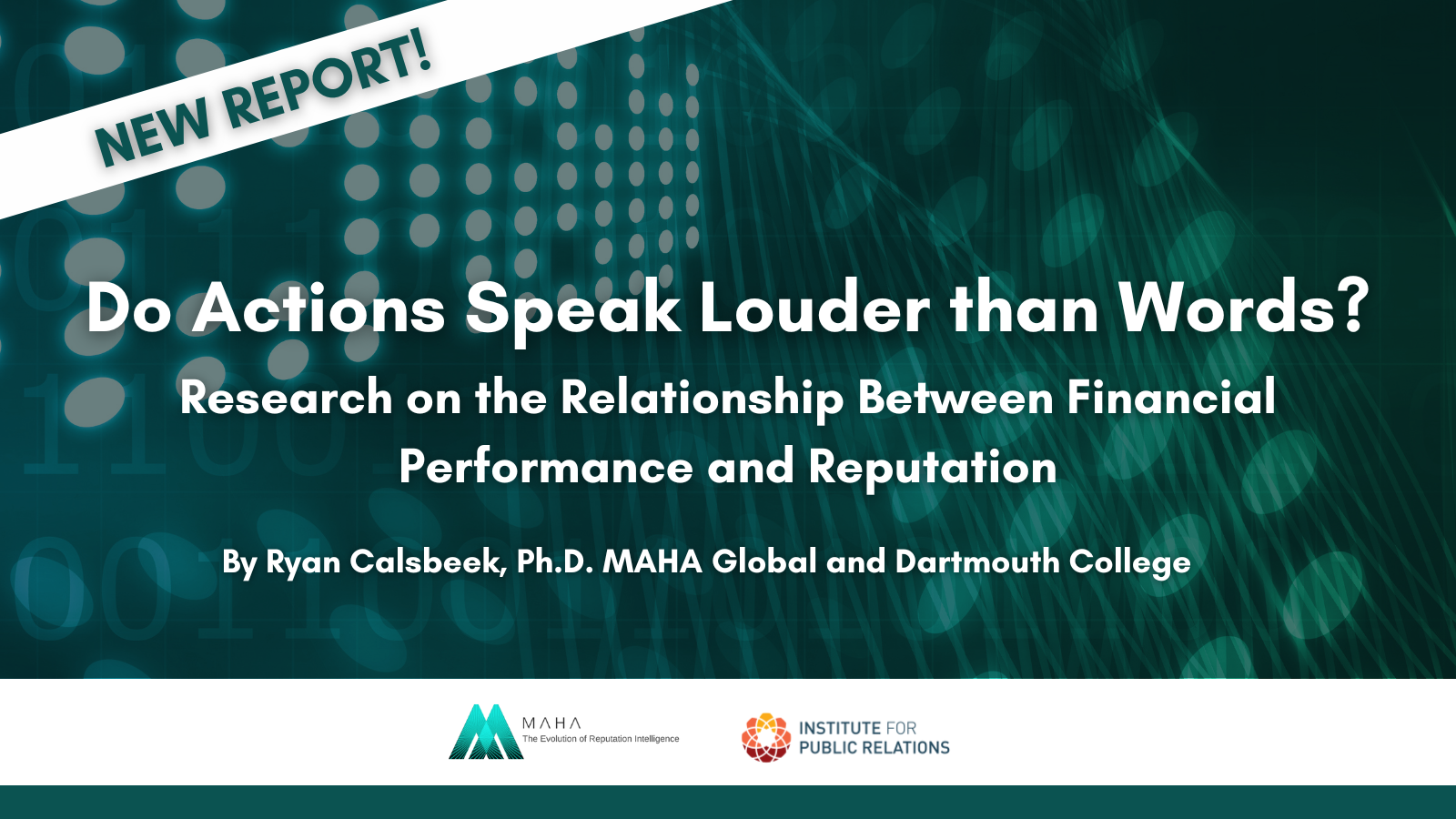The two houses of Congress have passed immigration bills so stark in their differences that the national debate on this issue won’t conclude anytime soon. But within the public relations profession, there’s little need anymore to debate the requirement for diversity in every aspect of practice.
Unfortunately, what we actually KNOW about such practice – true research-based knowledge – is far below what we need. Thus, the Institute for Public Relations is offering grants to encourage new research about diversity and public relations practice. This research will focus on “the science beneath the art” of relationships with diverse constituents, communicating with diverse audiences, through diverse means. It is funded by an initial contribution from ConAgra Foods, Inc., and more information is available at instituteforpr.org.
Our knowledge shortfall becomes all the more critical when you consider how the core notion of diversity itself is changing.
For international companies, it is not simply about ethnic, racial and gender differences, but also different countries, customs and cultures. Particularly in the developed world, there is increasing exposure to religious and cultural differences. Then comes the overlay of regional issues and interests (abetted by the European Union, ASEAN and other relatively new economic and public policy alliances, not to mention the cross-border impact of non-governmental organizations or NGOs).
Even within the U.S., the issue of diversity is being transformed in ways that are not necessarily understood by PR practitioners. Consider Prince George’s County, MD. In 1970 it was 85% white, mostly blue collar and the big local issue was school busing. Today it is 63% black, increasingly professional, net real income and housing values are up, and the big issue is recruiting upscale retailers, like Wegmans Food Market.
Consider Austin, TX, which has experienced high-tech hyper-growth. Its prosperous west side includes people from all over the world (Indians, Asians, Latin Americans, Europeans, Africans). The east side is poorer and less integrated, with many Mexican-Americans and African-Americans who haven’t found their way into the new economy.
Consider changes in the U.S. Latino community. There are various states of assimilation and acculturation, such that large segments are now English-dominant. There are second generation families that fear losing their culture and third generations that have little connection to their forebears other than appreciation for Latin music and food. There is also an increasing trend to rediscover roots, learn the language, study for a semester in a Spanish-speaking country, and re-adopt elements of la cultura. Additionally, there is a growing urban sub-culture where Spanglish is spoken, and tattoos and street cred are the order of the day. Add to all of this that Jorge Ramos, the anchor newsman of Univision, now has a larger audience in major markets than the anchors at ABC, CBS and NBC.
Finally, consider increasing numbers of interracial and interethnic marriages, and the children who live their lives in two or more cultures. News commentator and essayist Richard Rodriquez was asked some years ago during a PBS interview whether he thought of himself as Latino, Hispanic, Mexican-American, Chicano or Mexican. Rodriguez replied that he was “becoming Chinese” – living in San Francisco’s Chinatown, eating more Chinese food, picking up Chinese words and understanding Chinese customs.
In short, to quote Yogi Berra, “The future ain’t what it used to be.” The world is changing and our neighborhoods are changing. Public relations will need to change too, if it is to truly relate and be relevant.
Mike Fernandez is Vice President-Corporate Communications & External Relations for State Farm. He is a Trustee of the Institute for Public Relations and formerly Senior Vice President and Chief Communications Officer for ConAgra Foods.



